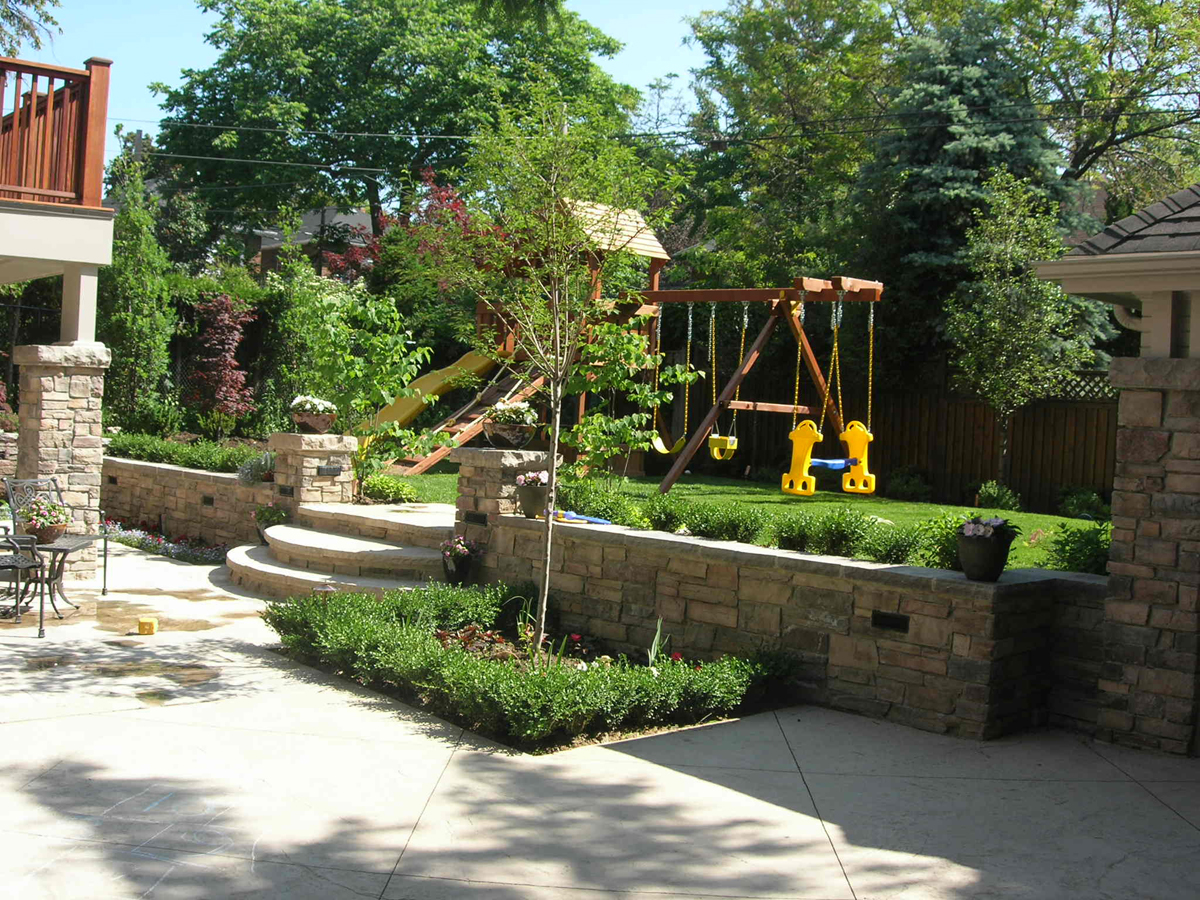
When it comes to landscape design, there are basic rules and principles that help create a pleasing aesthetic. These principles provide a framework upon which to base your creativity and ideas and allow you to design attractive and engaging landscapes. By using the six essential principles of landscaping design build you’ll be more likely to produce a successful project.
Line
Beginning with a regulating line can help establish an organizational geometry that influences the positioning of all the various landscaping elements. It will also create a sense of depth and magnitude. Starting with a prominent feature of the landscape, it’s possible to envision an imaginary line that guides the layout of everything coming after it. It’s also possible to use more than one regulating line to accentuate different areas.
Balance
Getting the proper balance in your design build will ensure that everything has the proper significance without overwhelming adjacent areas or bringing too little attention to itself. Balance can be displayed either symmetrically or asymmetrically with each style lending a unique appeal.
Scale
Scale or proportion is the difference of measure between various elements of the landscape design. The relationship of size should be taken into account when deciding on different elements making up your landscape. Using a long standing proportional measurement such as the Golden Ratio can be a good place to start when thinking about scale.
Repetition
As in a piece of music, repetition can be used to create a recurring framework and sense of order that’s pleasingly recognizable to the brain. Patterns and arrangements that are allowed to become familiar lend a sense of decorum and orderliness.
Transition
Transition allows for orderly change between various elements in the landscape design. Transition can be smooth and flowing or abrupt and unexpected depending on the impression you’re trying to make. You can transition between a variety of elements such as size, colour, shape and texture.
Unity
Employing unity will ensure that all the various elements of your landscape build work together. There will be an underlying consistency throughout the landscape that ties everything together by underscoring the whole. An underlying theme or approach is a good way to ensure unity.
